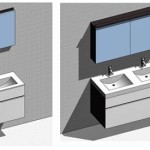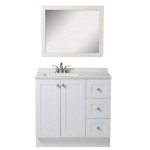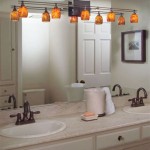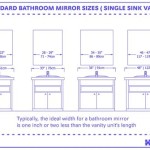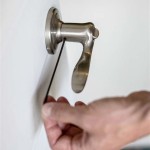Essential Aspects of Bathroom Sink Faucet Drain Parts
Bathroom sink faucet drains are essential for preventing water from backing up and causing damage to your bathroom. They consist of several components that work together to create a watertight seal and allow water to flow smoothly down the drain. Understanding the different parts of a bathroom sink faucet drain and their functions is crucial for maintaining and troubleshooting any potential issues.
Drain Body: The drain body is the main component of the drain and is typically made of brass or plastic. It has a threaded section that fits into the sink's drain hole and a flange that rests on the underside of the sink. The drain body provides support for the other drain parts and ensures a secure connection to the sink.
Drain Stopper: The drain stopper is used to plug the drain hole and prevent water from flowing down the drain. It is usually made of rubber or plastic and has a small handle or knob that allows you to easily insert and remove it from the drain. The drain stopper creates a watertight seal when inserted into the drain body.
Tailpiece: The tailpiece is a curved pipe that connects the drain body to the P-trap. It is typically made of brass or plastic and has a threaded end that screws into the drain body. The tailpiece allows water to flow from the drain body into the P-trap and prevents water from leaking from the connection.
P-trap: The P-trap is a U-shaped pipe that is installed under the sink. It acts as a water trap, preventing sewer gases from entering the bathroom. The P-trap has two ends, one of which is connected to the tailpiece and the other to the drainpipe. The curved shape of the P-trap holds a small amount of water, forming a water seal that blocks sewer gases.
Drainpipe: The drainpipe is a pipe that carries wastewater from the P-trap to the main drain. It is typically made of PVC or ABS plastic and has a diameter of 1-1/2 inches. The drainpipe is connected to the P-trap using a slip joint, which allows for easy assembly and disassembly.
Slip Nut: The slip nut is a threaded nut that secures the tailpiece to the drain body. It is made of brass or plastic and has a tapered shape that allows it to create a watertight seal. The slip nut is tightened by hand or using a wrench.
Washer: A washer is a thin, circular gasket that is placed between the slip nut and the drain body to create a watertight seal. It is typically made of rubber or plastic and is designed to prevent leaks from occurring at the connection.
By understanding the different parts of a bathroom sink faucet drain and their functions, you can effectively maintain and troubleshoot any issues that may arise. Regular cleaning, inspection, and replacement of worn-out parts will ensure that your sink drain operates smoothly and efficiently for years to come.

20 Bathroom Sink Drain Parts How They Works Stopper Plumbing

Bathroom Sink Pop Up Stopper Parts Diagram Drain Plug

Pop Up Lift Turn Pull Out Stopper Bathroom Sink Drains

Bathroom Sink Parts Diagram Plumbing Drain

Bathroom Sink Drain Diagram Plumbing

Drain Assembly Metal Pop Up Bathroom In Chrome Rp5651 Delta Faucet
How To Install Bathroom Sink Drain Queen Bee Of Honey Dos

Kitchen Sink Drain Parts Diagram Decorating Ideas On A Budget Check More At Http Www Entropiad Bathroom Plumbing

How To Repair An Old Clawfoot Tub Overflow Gasket Types Explained Diagram Image Search Results In 2024 Bathtub Drain Shower Plumbing

Moen Lavatory Drain Assembly 96497 The Home Depot
Related Posts
